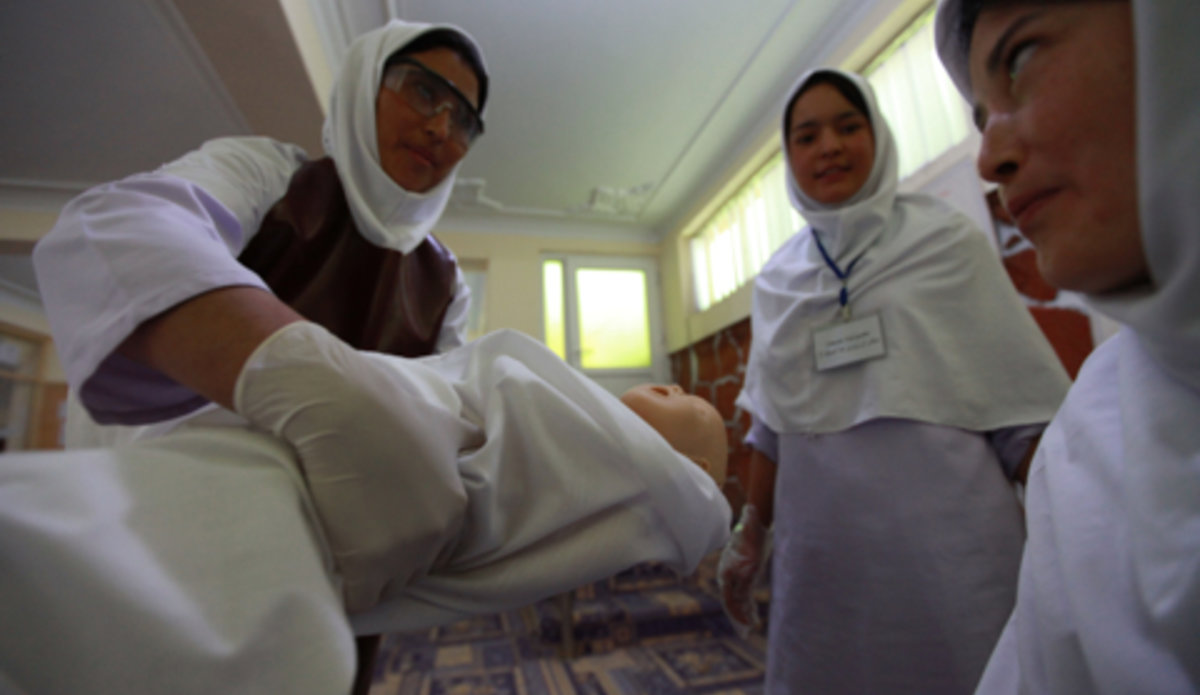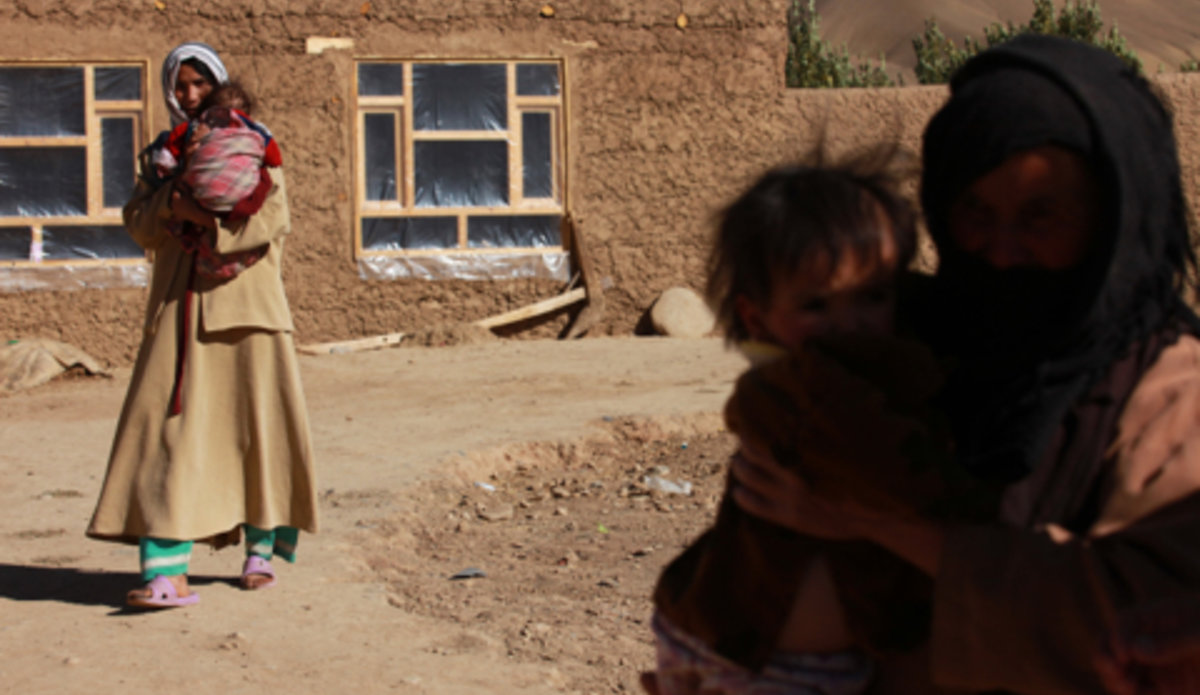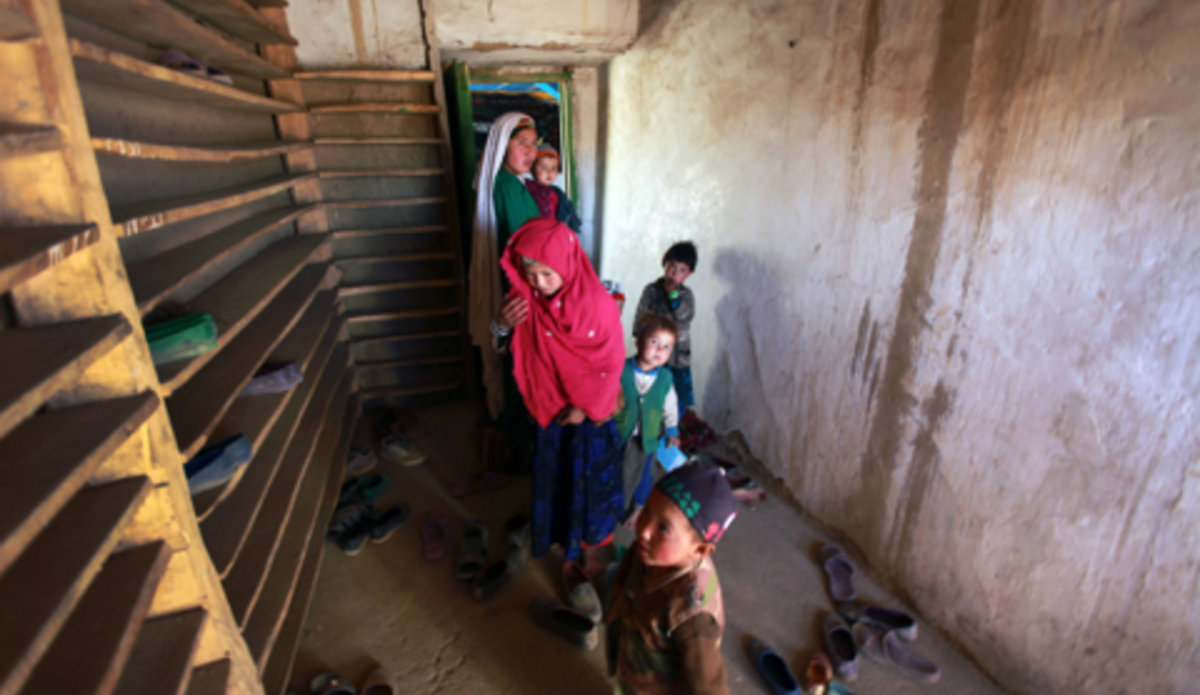On World Population Day, UN chief draws global attention to adolescent pregnancy
KABUL - The United Nations Secretary-General, Ban Ki-moon, has drawn global attention to the issue of adolescent pregnancy, which is the focus of this year’s World Population Day.
“When we devote attention and resources to the education, health and wellbeing of adolescent girls, they will become an even greater force for positive change in society that will have an impact for generations to come,” said Mr. Ban, in his message for the Day.
The UN chief called for a pledge to support adolescent girls to realize their potential and contribute to “our shared future.”
World Population Day has been observed on 11 July since 1989. It focuses attention on the urgency and importance of population issues in the context of the globe’s overall development plans and programmes and the need to find solutions for these issues.
Adolescent pregnancy continues to be an issue of concern in Afghanistan, where 46 per cent of Afghan women are married before their 18th birthday, according to the Afghanistan Multiple Indicator Cluster Survey 2010/2011. The South Asian nation continues to have one of the world’s highest rates of child marriage.
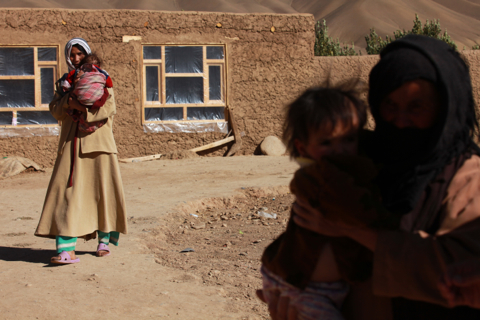
Married adolescents are likely to become pregnant and give birth, the UN World Health Organization (WHO) notes on its website. It adds that having babies during adolescence has serious consequences for the health of the girl and her infant, especially in areas with weak health systems.
In line with the international human rights treaty known as the Convention on the Rights of the Child, the UN recommends that the age of marriage is set at 18 years.
About 16 million girls between 15 and19 years of age give birth each year, and complications from pregnancy and child birth are the leading cause of death among girls in this age group, especially in developing countries, according to the UN Population Fund (UNFPA).
Complications from pregnancy and childbirth can cause grave disabilities, such as obstetric fistula. Adolescent girls also face high levels of illness, injury and death due to unsafe abortions.
“Adolescent pregnancy is not just a health issue, it is a development issue. It is deeply rooted in poverty, gender inequality, violence, child and forced marriage, power imbalances between adolescent girls and their male partners, lack of education, and the failure of systems and institutions to protect their rights,” said UNFPA’s Executive Director, Dr. Babatunde Osotimehin, in his message for the Day.
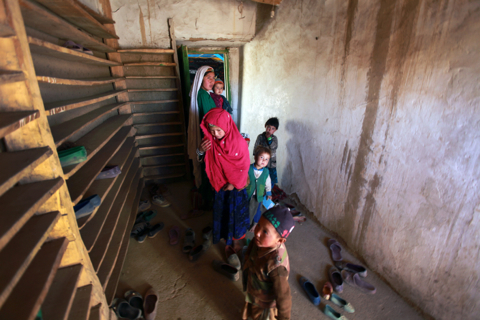
A programme officer at UNFPA’s Afghanistan office, Dr. Mohammad Tahir Ghaznawi, said child marriage in Afghanistan has multiple consequences, from health complications to domestic violence. “Families should not force their children for early marriage; or the couple can plan their child only after the girl reaches 18,” said Dr. Ghaznawi.
According to a survey conducted by a non-governmental organization called ‘Children and Women Rights Research Organization’ in 2010, 59 per cent of child marriages take place in Afghanistan’s rural areas, and 71 per cent in illiterate families. It added that poverty, insecurity, illiteracy and harmful traditional practices are the main factors behind early marriages that lead to family violence, lack of interest among the married partners, divorce, various diseases and disability among the children.
 UN
UN
